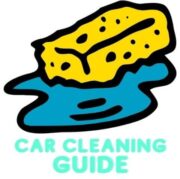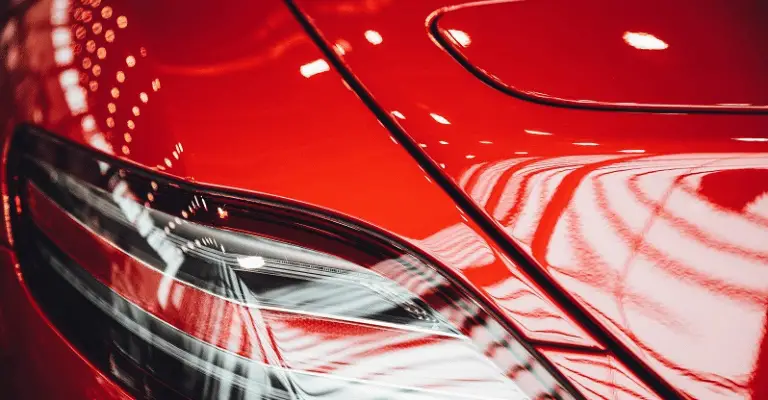- How to Clean Car Carpets Quick and Easy - July 10, 2024
- Can You Touch Up Clear Coat? Yes and No (Here’s Why) - November 25, 2023
- How To Wax A Car By Hand: A Comprehensive Guide - November 14, 2023
Last Updated on November 25, 2023 by Chase Manhattan
The euphoria of driving a brand new car off the dealership lot, with its dazzling shine and fresh-off-the-line scent, is a sensation unmatched. However, as reality sets in, dust, grime, and the elements start to dull the luster of your prized possession. This is where waxing steps in to save the day.
Applying wax to a brand new car is not just a fleeting vanity measure, but a crucial maintenance step that shields your vehicle from the harsh realities of the environment. But there’s more to waxing than just smearing a product onto your vehicle’s surface. In this comprehensive guide, we will delve into the nitty-gritty of waxing new cars, shedding light on the ins and outs of this essential process.
Quick Navigation
Do New Cars Come With Paint Protection?
Here’s a fact that might surprise you – not all car manufacturers provide a protective layer of wax on new cars before shipping them to the dealership. While this protective layer can guard the paintwork during transit and give the car a glossy appearance, it’s not a universal practice. In most cases, it’s left to the dealership to apply the wax or offer it as an extra chargeable service.
However, even if your fresh-out-the-lot car does come with a wax layer, it’s a temporary measure that will eventually wear off. Furthermore, while wax does offer a degree of protection for your car’s paint, it’s not a substitute for regular washing and maintenance. By keeping your vehicle clean and free of dirt and debris, you’re taking an essential step in maintaining its appearance and preventing damage to the paint job.
Related: Paint Sealant vs Wax: One Better? Any Difference At All?
What Happens If Your New Cars Paint Is Damaged
Your car’s exterior is in a constant battle with an array of elements. Be it environmental pollutants, UV rays, or harsh weather conditions like rain, hail, and snow, your vehicle’s paintwork is always at risk. A damaged paint job not only detracts from the aesthetics of your car, but it also exposes the metal body to rust.
Related:
> Clear Coat Protectant: What is It and Do You Need It?
> Can You Touch Up Clear Coat? Yes and No (Here’s Why)
What Are The Benefits of Waxing A New Car?
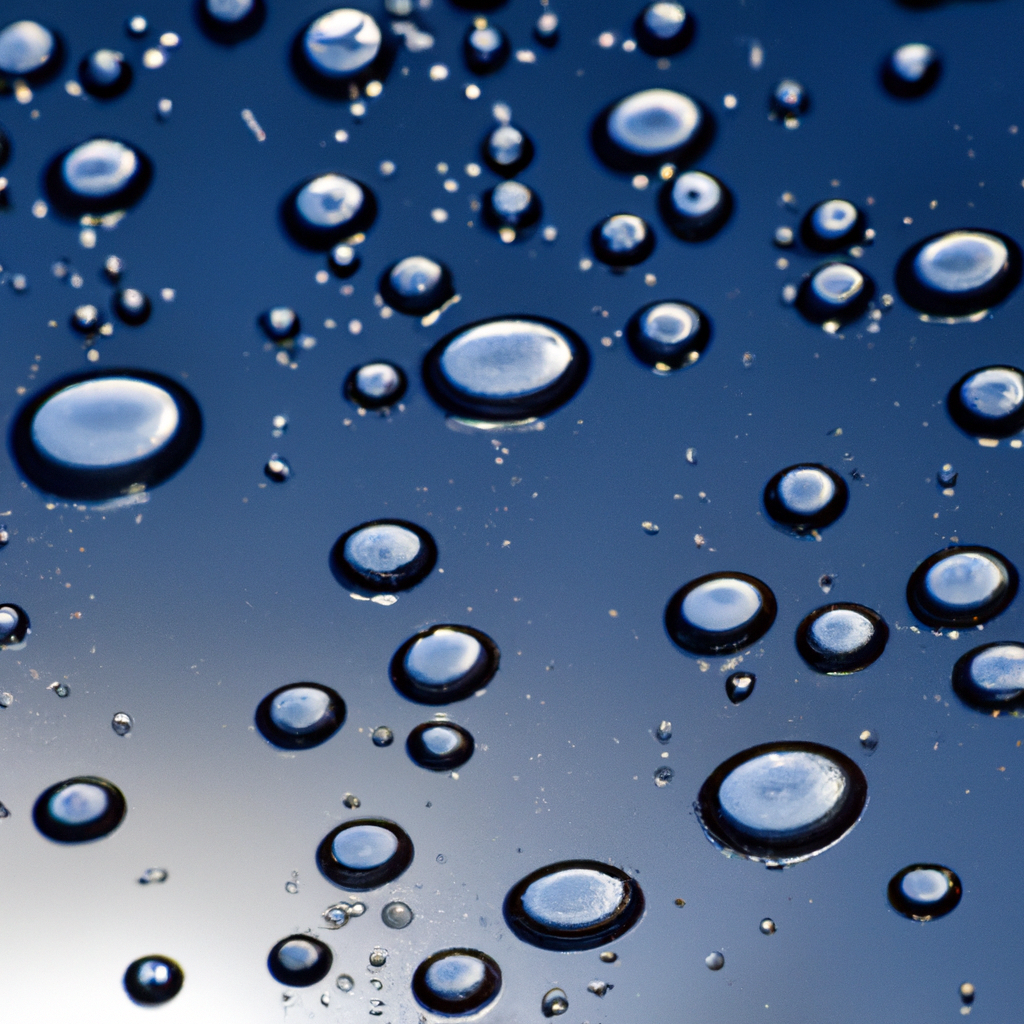
The benefits of waxing a new car are manifold. Here are some key reasons why you should consider waxing your vehicle:
- Protect the paintwork: Waxing creates a barrier between your car’s paint and the elements, preventing damage and preserving the finish of your car.
- Repel dirt and water: A waxed car surface is hydrophobic, which means it repels water. This characteristic causes water to bead up and slide off the surface, carrying with it any dirt or grime, making your car easier to clean.
- Prevent water spot damage: Hard water can leave mineral deposits on your car’s paintwork after evaporation, causing damage. Regular waxing can help prevent this by creating a protective layer.
- Easier cleaning: With a layer of wax on your car’s surface, dirt and grime find it harder to stick, making cleaning your car a breeze.
- Prevent contaminants bonding to the paint: Environmental pollutants like bird droppings, tree sap, and insect remains can bond to the paintwork and cause damage if left untreated. Waxing creates a surface that makes it difficult for these contaminants to bond to, reducing the risk of damage.
- UV Protection: Waxing creates a protective barrier that reflects the sun’s rays, preventing them from penetrating the paint and causing damage.
- Minor scratch shield: Car waxing also shields the paint from minor scratches and scrapes from everyday use.
- Enhanced gloss and shine: Waxing your car can enhance its appearance by providing a lustrous shine to the paint.
- Keeps the car looking new: Regular car waxing can help keep your car looking new for longer.
So, Should You Wax New Cars?
The simple answer is – Yes, you should wax new cars. With the advent of modern painting techniques and technologies, the paint jobs on cars are cured at the factory before they are sent to the dealership. As a result, you don’t have to worry about damaging the paint if you choose to wax your car immediately upon bringing it home from the dealer.
What Kind of Wax Is Best?
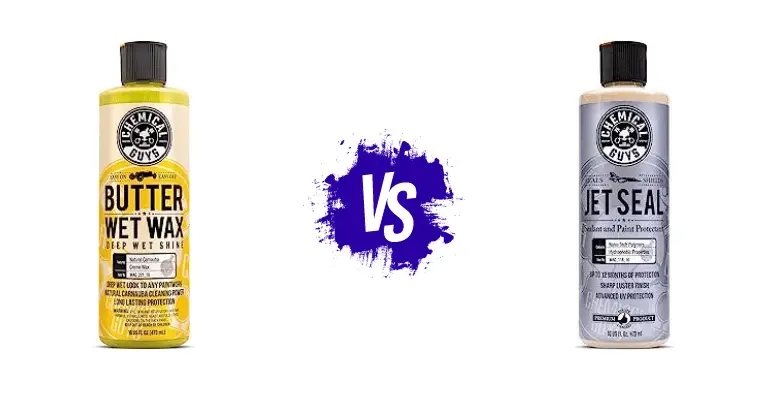
There’s a wide array of wax types available in the market, each with its own set of pros and cons. The three main types of car wax are:
1. Ceramic Wax
Pros
- Long-lasting protection
- High resistance to heat and UV rays
- Delivers high gloss and hydrophobic properties
Cons
- Can be expensive
- Application could be challenging for beginners
Related: How to Apply Ceramic Wax: A Comprehensive Guide
2. Synthetic Wax
Pros
- Durable and long-lasting
- Easy to apply and remove
- Affordable
Cons
- Might not deliver as much gloss as other types
3. Carnauba Wax
Pros
- Offers a deep, warm shine
- Natural and eco-friendly
- Easy to apply
Cons
- Not as durable as synthetic or ceramic wax
- Can be expensive
Related: Carnauba Wax Vs Synthetic Wax – Which Is Better For You?
How Long To Wait Before Waxing A New Car?
With modern paint jobs being cured before leaving the factory, you can wax your new car as soon as you bring it home. The sooner you apply the wax, the earlier your car gets the protection it needs from the elements.
How Frequently Should You Wax A New Car?
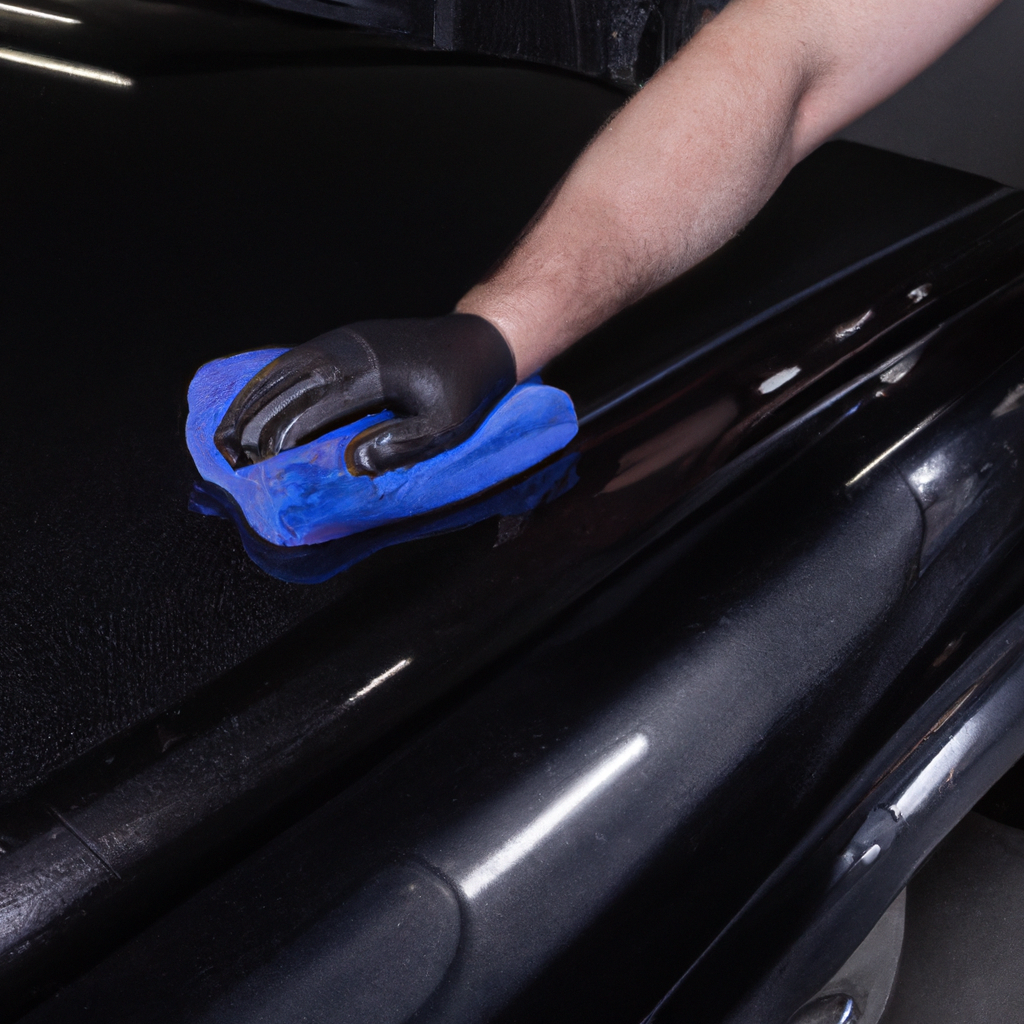
The frequency of waxing your car would largely depend on the type of wax you use and the conditions your car is exposed to. However, a good rule of thumb is to wax your car every three months.
How Long Does Wax Last?
The duration of wax protection depends on the type of wax used, weather conditions, driving habits, and how often you wash your car. Typically, a good quality wax should last anywhere from a few weeks to several months.
Related: How Long to Leave Wax on Car: A Definitive Overview
In conclusion, waxing your new car is not just about maintaining its glossy, showroom shine. It’s an essential maintenance step that protects your car’s paintwork from a variety of damaging elements, keeping it looking newer for longer. Whether you opt for ceramic, synthetic, or carnauba wax, the most crucial aspect is to wax your car regularly and ensure it’s always protected.
Frequently Asked Questions
Should you wax a brand new car?
Yes, waxing a new car is beneficial as it provides a protective layer over the clear coat, safeguarding the paint from contaminants and UV rays. However, it’s essential to check with the dealership because some recommend waiting a certain period before the first wax.
How soon can you wax a new car?
It’s generally safe to wax a new car immediately if it doesn’t have a fresh paint job. For cars with newly applied paint, it’s advisable to wait 60-90 days before waxing to allow the paint to cure fully.
What type of wax is best for new cars?
For new cars, a synthetic polymer wax is often recommended because it lasts longer and is easier to apply. However, carnauba wax is also a popular choice for its deep, rich shine.
How often should new cars be waxed?
New cars should be waxed every three months or according to the manufacturer’s recommendations. Consistent waxing helps maintain the protective layer over the car’s paint.
